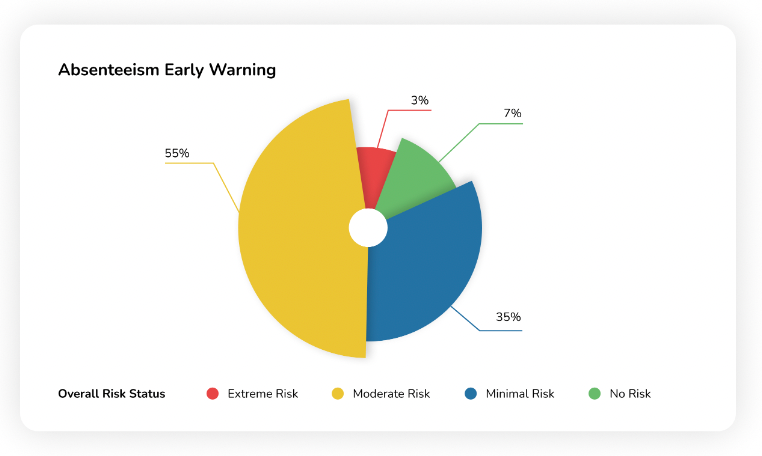Sunnyside rolls out new strategies to reduce chronic absenteeism
The interventions are a collaboration between the district’s public information team, school supervision team, and site leaders at various schools.

In effort to reduce chronic absenteeism across Sunnyside schools, the district has launched a new data dashboard and targeted interventions.
Chronic absenteeism is when a student misses 10% or more of the school year, which is typically 180 days long. This includes all absences, whether they’re excused, unexcused or disciplinary-related.
At the most recent Sunnyside Unified School District governing board meeting, Executive Director of Student Services Andy Townsend outlined their goals and actions to support student attendance, which has been an issue since the pandemic.
The project is a collaboration between the district’s public information team, school supervision team, and site leaders at various schools. Together, they’ll develop systems and a campaign to reduce chronic absenteeism across schools.
They’ll do this by addressing both the barriers to and misconceptions about school attendance, increasing awareness for parents and students on the benefits of consistent attendance and implementing interventions to overcome obstacles that may hinder students from attending school regularly.
The district’s chronic absenteeism rate is currently 4.7%, with a goal of 3%. Townsend told board members that this is the first time Sunnyside has taken on a district-wide attendance initiative, which has required adaptations and extensive teamwork.
He pointed on the impact of the pandemic on student attendance, which has resulted in several years of inconsistent attendance habits.
“What I’ve learned in the last few months is this goal … it’s actually a really heavy lift,” he said, “The reason for that is four years since the wheels fell off in 2020 with attendance, schools now are really working hard to break those bad habits.”
To further support this initiative, the district is using a comprehensive data dashboard that allows schools to closely monitor attendance trends across different categories, such as excused, unexcused, and unknown absences. Abre is an educational technology platform that helps schools and districts use data to improve student outcomes
A graphic representation categorizes students’ attendance patterns by levels of risk: chronic absenteeism, for students who miss between 10% and 19% of school days; high chronic absenteeism, for students who miss between 20 and 29% of school days; and extreme chronic absenteeism, for students who miss 30% or more of the school year.
The dashboard provides details about attendance data by grade, gender and ethnicity.
It also includes individual student metrics, which has been crucial for targeting support effectively. The color-coded system allows principals to easily differentiate between students who are performing well and those who may need support, Townsend said.
“It really felt like we were chasing the wind.” Townsend said about previous efforts to address absences, before detailed data was available.
Now, with the dashboard in place, principals and staffers can easily access real-time data to identify and intervene with at-risk students.
School board members expressed interest in how the interventions would be rolled out across schools, with Townsend explaining that the team is working closely with school principals to “unroll” these into strategic actions tailored to each school’s unique needs.
The district has already seen success from these data-driven insights and collaboration, with Townsend saying these tools equip schools with a unified approach to reduce absences and create a culture where regular attendance is valued.
He pointed to schools like Esperanza, Summit View, and Santa Clara, which have all been piloting effective attendance strategies.
“They’re sharing with each other what they’re doing,” he said. “There are a lot of bright spots that I think their peers are learning from.”
Lauryn Abozeid is a journalism major at the University of Arizona and Tucson Spotlight intern. Contact her at labozeid@arizona.edu.
Tucson Spotlight is a community-based newsroom that provides paid opportunities for students and rising journalists in Southern Arizona. Please support our work with a paid subscription.




